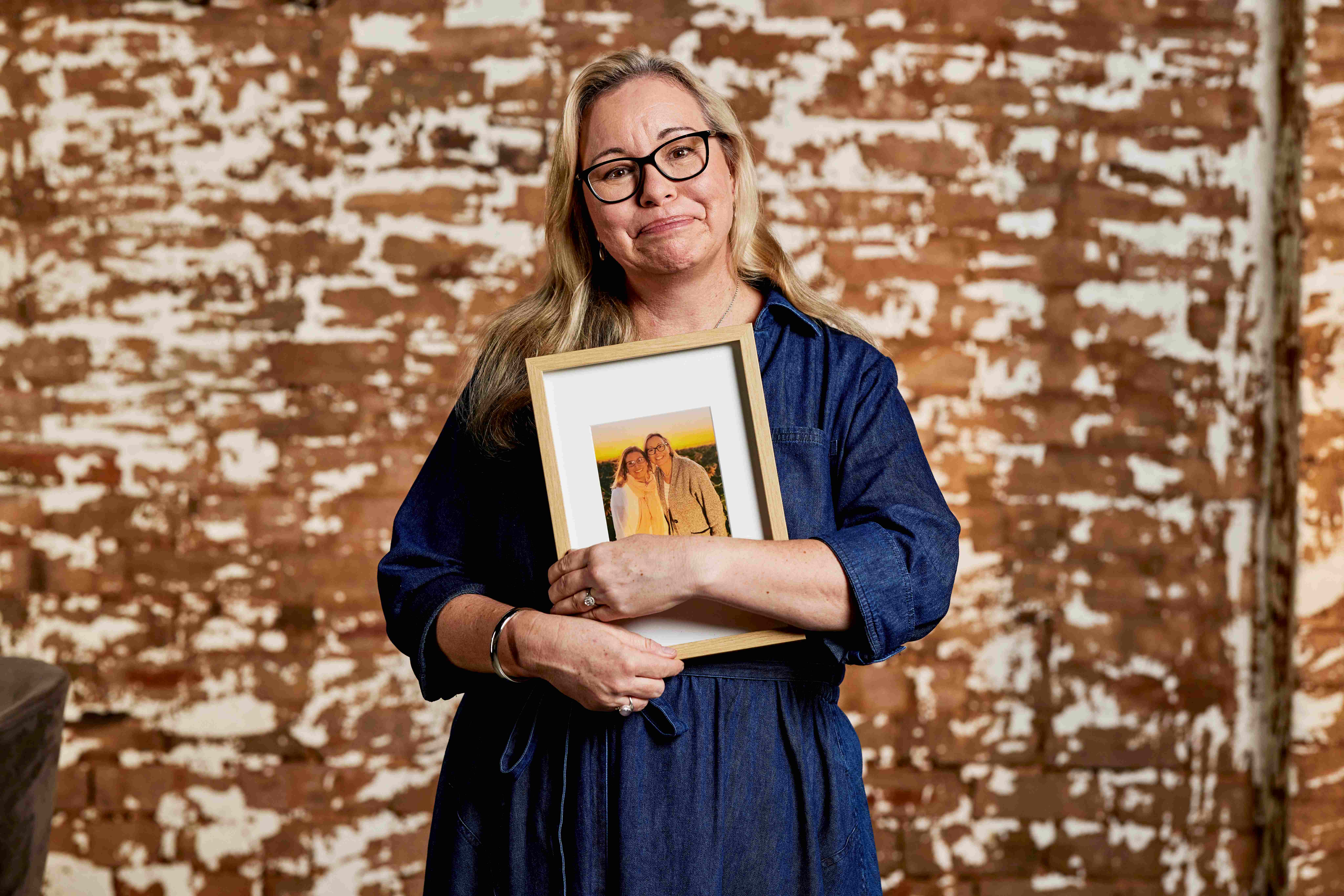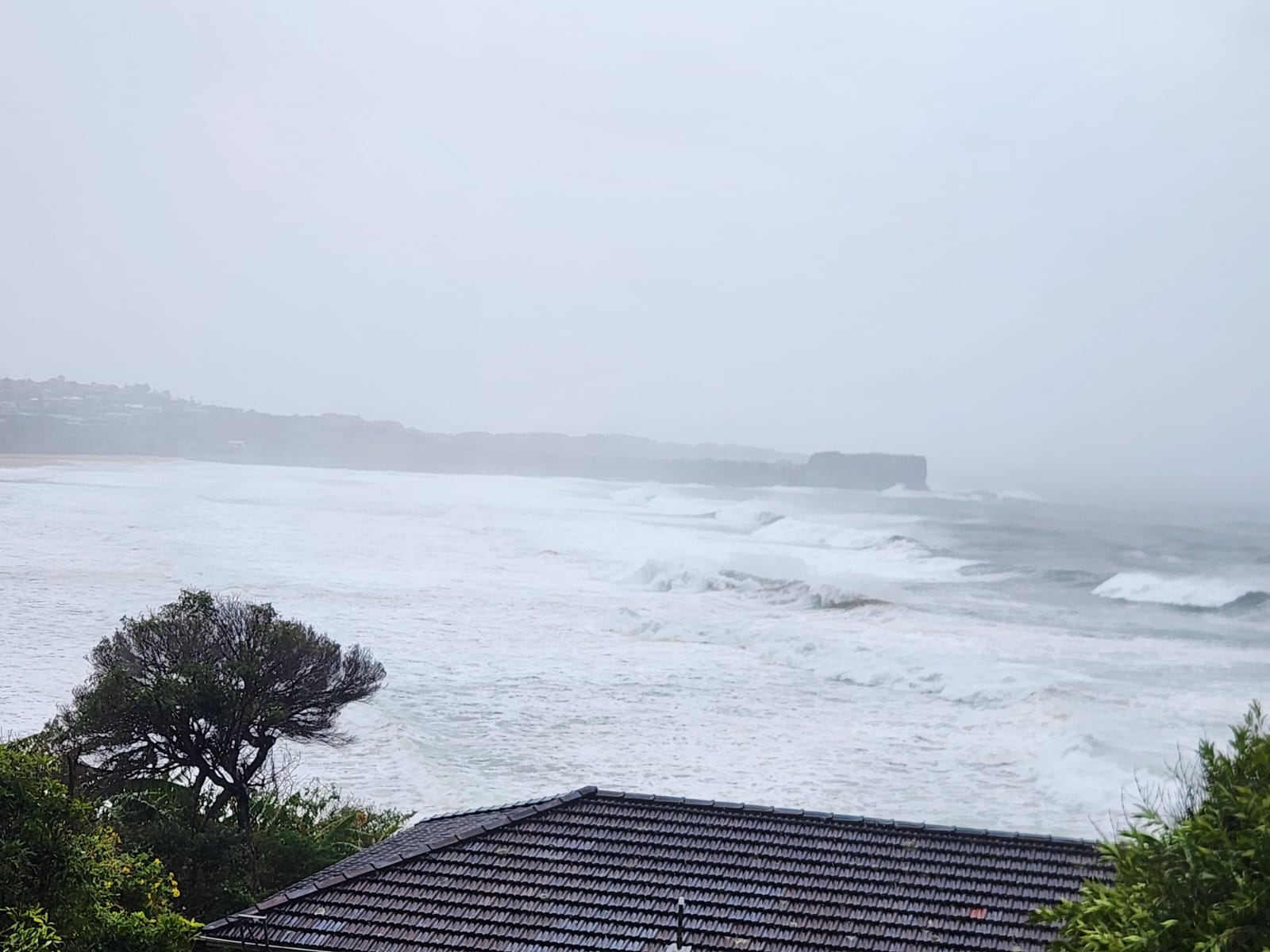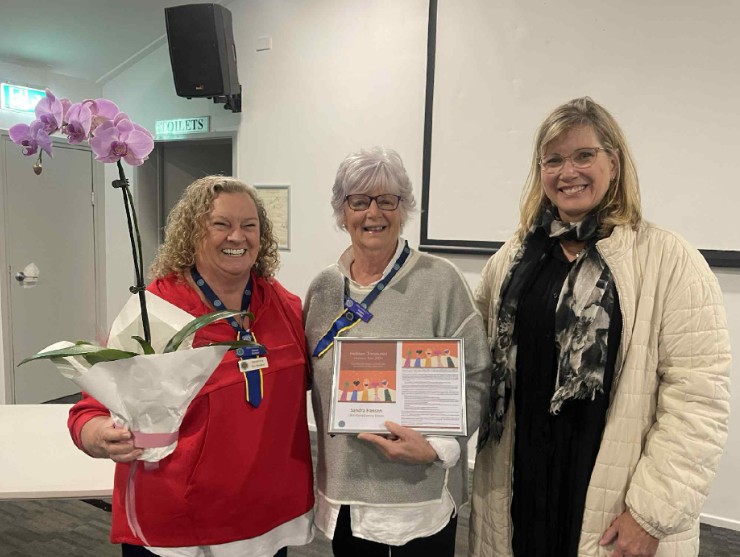Bugle Banter: Paradise comes at a price with Kiama housing but at what cost?
Matty Taylor
03 July 2025, 8:00 PM
 42 Johnson Street in Kiama Downs sold for a suburb price record of $6m a month ago.
42 Johnson Street in Kiama Downs sold for a suburb price record of $6m a month ago.In just a few weeks living on the South Coast, one thing has become clear to me: property prices here are next level.
My first story spotlighted a jaw-dropping $6 million sale in Kiama Downs.
Perched above Jones Beach with sweeping ocean views, the resort-style stunner was snapped up at a new record price for the suburb.
Then came The Bugle’s look at the 20-year property boom in Gerringong.
Back in 2005, the median house price was $625,000. Today it’s nearly $1.8 million. Staggering stuff.
If only we knew back then just how much values would rise, you’d have borrowed as much as you could to invest in local property.
Gerringong isn’t alone. In Berry, average house prices have soared from $653,000 to $1.6 million.
Shell Cove has jumped from $576,000 to $1.4 million, and Albion Park units have more than doubled over the past two decades.
Even modest homes are commanding premium prices.
Local agents say cashed-up buyers from Sydney and Canberra are still circling.
It’s great news if you’re selling, but not so much if you’re trying to break into the market.
What’s unfolding in this region mirrors a broader coastal trend: lifestyle migration, flexible work, and the post-pandemic property shift.
But there’s something about Kiama and its surrounds - the beaches, the village feel, the easy rail link to Sydney, the much-improved drive to Sydney (thanks to the Albion Park bypass) - that makes it particularly magnetic.
And yet, as a newcomer to the region, my first reaction was: how is any young local supposed to buy a property here?
Unless you’re inheriting a windfall or cashing out of the city, the numbers simply don’t stack up.
Median prices well above $1 million in small coastal towns have become the reality, not the exception.
That disconnect is real, and it's growing. It raises hard questions about affordability, generational access and whether councils are striking the right balance between high-end development and local housing needs.
Kiama is still paradise. But paradise should come with a pathway, not just a price tag.
If this region wants to stay vibrant and inclusive, we need to start asking: who’s the South Coast for, and who’s being left behind?
NEWS




